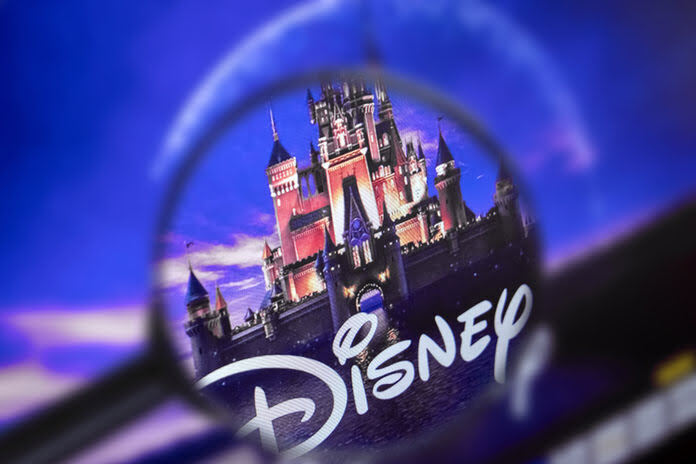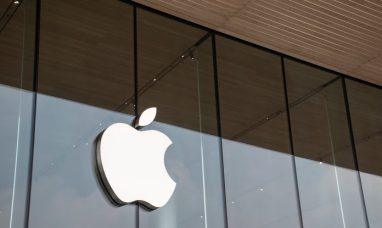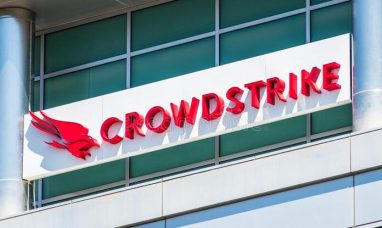Disney (NYSE:DIS) posted its fiscal fourth-quarter earnings, surpassing expectations and concurrently raising its annual cost-cutting target to $7.5 billion, a substantial increase from the previously set goal of $5.5 billion in February.
The company experienced an impressive surge in its streaming figures, with nearly 7 million net additions, a significant leap compared to the consensus forecast of 2.68 million. The losses in the streaming sector also showed remarkable improvement, narrowing down to $387 million from a loss of $1.41 billion in the same period the previous year. This positive trend followed Disney’s second increase in streaming prices this year, with a more than 20% hike in the monthly subscription cost for its ad-free Disney+ and Hulu plans.
Bloomberg analysts had anticipated direct-to-consumer losses to amount to $454 million in the quarter, but the actual figure was lower. In the previous quarters, Disney reported losses of $512 million in Q3, $659 million in Q2, and $1.1 billion in Q1.
These results were announced following Disney’s announcement of its new Chief Financial Officer and its commitment to acquire Comcast’s 33% stake in Hulu. Disney’s stock also saw a positive response, surging more than 2% in after-hours trading immediately after the earnings report.
In an official statement, Disney mentioned, “We continue to expect that our combined streaming businesses will reach profitability in Q4 of FY24, although progress may not look linear from quarter to quarter.”
Adjusted earnings per share came in at $0.82, exceeding expectations of $0.69 per share and more than doubling the prior-year period’s earnings per share of $0.30. However, Disney’s revenue slightly missed estimates, totaling $21.24 billion compared to the expected $21.43 billion, representing a 5% increase from the prior-year quarter’s revenue of $20.15 billion.
These Q4 results are the first to be reported under Disney’s new reporting structure, following CEO Bob Iger’s reorganization of the company into three core business segments: Disney Entertainment, Experiences, and Sports. Here’s how these segments performed compared to Wall Street’s consensus estimates:
- Entertainment revenue: $9.52 billion versus the expected $9.77 billion.
- Sports revenue: $3.91 billion versus the expected $3.89 billion.
- Experiences revenue: $8.16 billion versus the expected $8.20 billion.
Disney’s CEO Bob Iger commented on the results, stating, “Our results this quarter reflect the significant progress we’ve made over the past year. While we still have work to do, these efforts have allowed us to move beyond this period of fixing and begin building our businesses again.” He outlined four key building opportunities for Disney’s future success, including sustained profitability in streaming, enhancing ESPN’s digital presence, improving film studios, and expanding its parks and experiences business.
Despite the recent struggles in Disney’s stock, which has dipped about 3% since the beginning of the year and hit a nine-year low last month, the company is actively addressing uncertainties and challenges, according to former Disney streaming head Kevin Mayer, who now leads Blackstone-backed entertainment startup Candle Media. Mayer emphasized that Disney’s stock performance would likely improve as it articulates a compelling strategic vision and addresses the challenges it faces.
Featured Image: Megapixl









